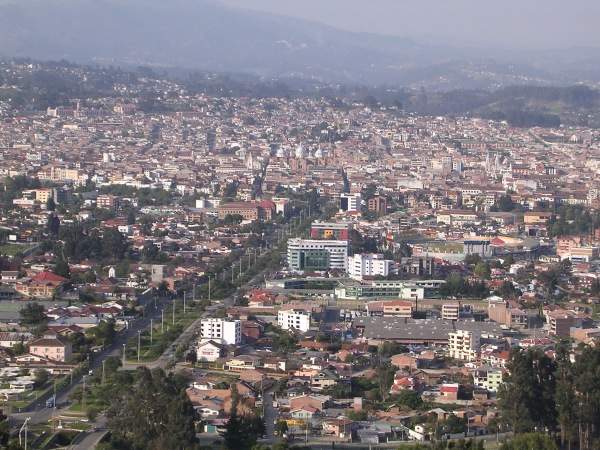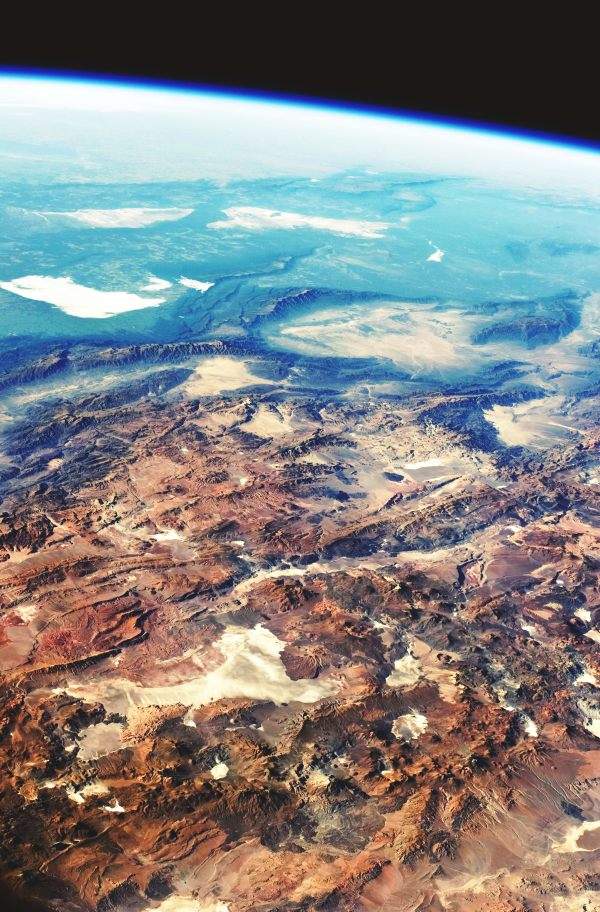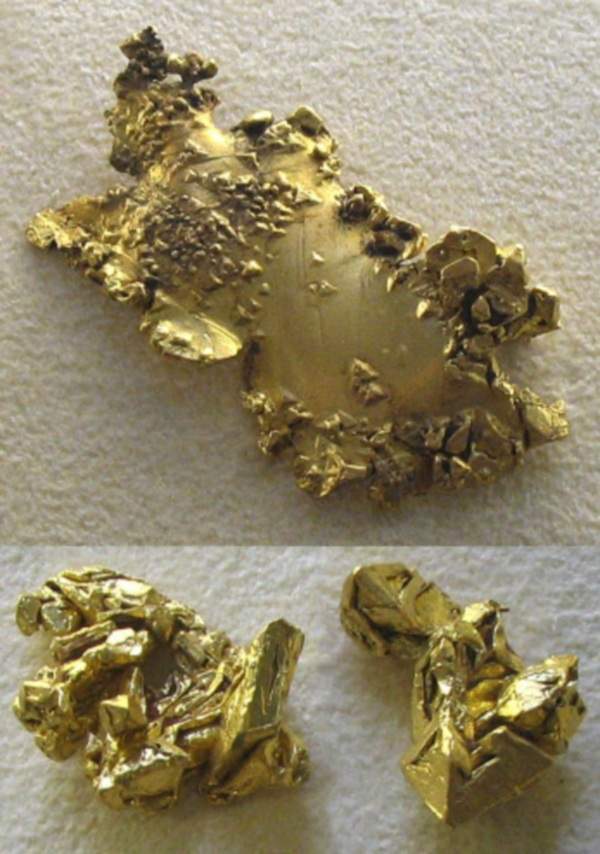The Quimsacocha Project, owned by IAMGOLD, is located approximately 30km southwest of the city of Cuenca in southern Ecuador. The mine is situated in the Western Cordillera of the Andes Mountains in the Azuay province.
The property covers an area of 9,497ha, consisting of four mining concessions, namely Cerro Casco, Rio Falso, Cristal and San Martìn. A 40km road connects the mine to the town of San Gerardo.
Quimsacocha has been explored since the late 1970s, during which the United Nations tried to define the base metal anomalies in the area. Cogema, which acquired the mine in 1991, identified gold, silver and copper mineralisation after completing 2,944m of diamond drilling.
The Cerro Casco, Cristal and Rio Falso concessions were sold to IAMGOLD in March 1999. Drilling was initiated at the Cerro Casco and Rio Falso concessions in 2003. IAMGOLD continued the drilling following satisfactory results from an angled hole drilled in 2004.
A prefeasibility study on the development of the mine was initiated in the second quarter of 2008 and completed by 2009. The final feasibility study is expected to cost $14m and take 15 months to complete.
Mineralisation of the area surrounding the Quimsacocha mine
Quimsacocha is a sulphidation gold-copper-silver deposit containing pyrite, enargite, covellite, chalcopyrite and luzonite. The main mining area contains gold mineralisation associated with silica, massive, fine grained and arsenical pyrite and enargite.
Geology and reserves of the south Ecuadorian area
Two major faults Gañarin and Girón enclose the mine. Most of the area is characterised by Upper Miocene volcanic and volcanoclastic formations. A 4km diameter caldera is situated approximately 400m west of the main resource area.
The project area includes four formations, namely Turi, Turupamba, Quimsacocha and. Turi, the lowest, contains tuffaceous breccias, conglomerates and sandstones. The Turupamba formation, above it, contains rhyolitic to dacitic tuffs and minor lapilli tuffs.
Banded lava flows and andesite tuffs and breccias make the Quimsacocha. The mineralisation is hosted mostly in the Quimsacocha and upper parts of the Turi.
A scoping study conducted by SRK Consulting in 2006 resulted in an estimate of 33 million tons (mt) of resources grading at 3.2g/t Au.
The mine is estimated to contain probable reserves of 8.1mt grading at 6.5g of Au/t of ore, containing 1.7moz of Au. The indicated resource is estimated at 9.9mt grading at 6.6g of Au/t of ore containing 2.1moz of Au.
Production and project costs
The Quimsacocha mine is estimated to produce 202,000oz of precious metals. The cash cost of production is estimated at $272/oz.
Mining the Quimsacocha site
Underground mining methods have been concluded to be economical at the Quimsacocha mine. An onsite flotation facility is part of the plan.
A mill with crushing, grinding and flotation facilities will be constructed close to the mine site. The mined ore will be trucked to the mill where the coarse blocks of ore will be broken before feeding to a jaw crusher.
The crushed ore will be stored in silos. Two apron feeders will be used to extract the ore. Primary grinding will be carried out in a SAG mill, while secondary grinding will be done in a ball mill.
Ore processing
Onsite sulphide flotation of gold is the proposed processing method. It will be followed by off-site pressure oxidation to extract gold and copper.
The design of the flotation process is based on a daily production of 3,000t of ore. The mine life is assumed to be eight years.
The filtered sulphide concentrate will be transported by trucks to the pressure oxidation plant which will be situated 300km from the mill. Sulphide flotation will be carried out in seven tank cells in a series.
An autoclave at the pressure oxidation site will leach iron and copper sulphides to separate gold and silver. A carbon-in-leach circuit will be used for extracting gold.
The pregnant solution containing precious metals is refined by electro-winning and smelting to produce high quality bullions.






